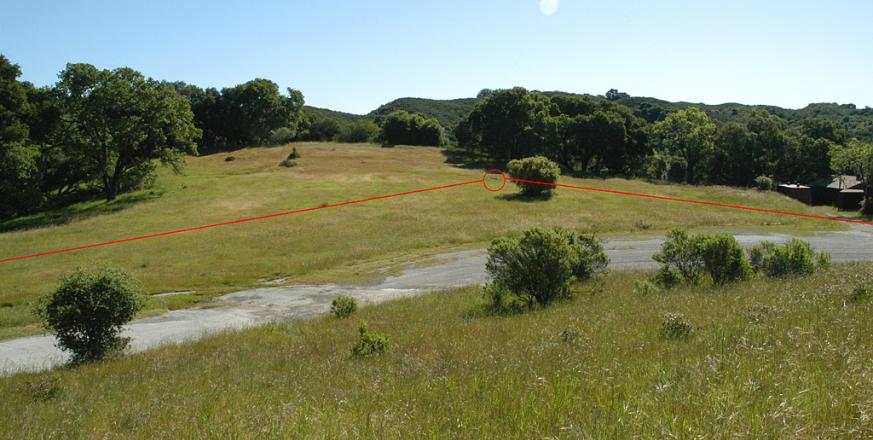Earthquake prediction from precursory electromagnetic anomalies

Summary
This monitoring program tests whether electromagnetic anomalies precede earthquakes and may be useful for earthquake prediction. The experiment was first set up in 1996, then upgraded in 2004,and was largely inspired by the observation that in the epicentral region of the 1989 Loma Prieta earthquake, magnetic field strength in one part of the spectrum increased to 100 times the normal background just before the main shock.
In the hillside above the seismic monitoring station, one set of electrodes is buried. From this set of electrodes, buried wires run 100m in two perpendicular directions and connect to additional electrodes, with the whole array forming a right angle. Near the elctrodes at the vertex, magnetic field sensors are also buried. The equipment is connected to data processing equipment at Searsville Lab.
The monitoring equipment is located directly above, and coordinates with, the seismic monitoring station. The seismic station provides conventional and highly sensitive earthquake detection, which allows Klemperer et al. to distinguish electromagnetic fields caused by shaking of the sensors from those created in the Earth. Both stations also transmit continuously to a public data archive.
The site is not only seismically quiet, it is also electromagnetically quiet. BART and light-rail transportation systems create electromagnetic signals that make other parts of the peninsula unsuited to these studies. Scientists conducting these studies have proposed that similar stations should be established as part of a plate boundary observatory (PBO) program to provide replicated, spatially extensive monitoring to determine the predictive potential of electromagnetic anomalies.
Project Location (Sector 30)
 |  |  |  |  |  |  |  |  |
 |  |  |  |  |  |  |  |  |
 |  |  |  |  |  |  |  |  |
 |  |  |  |  |  |  |  |  |
 |  |  |  |  |  |  |  |  |
 |  |  |  |  |  |  |  |  |




